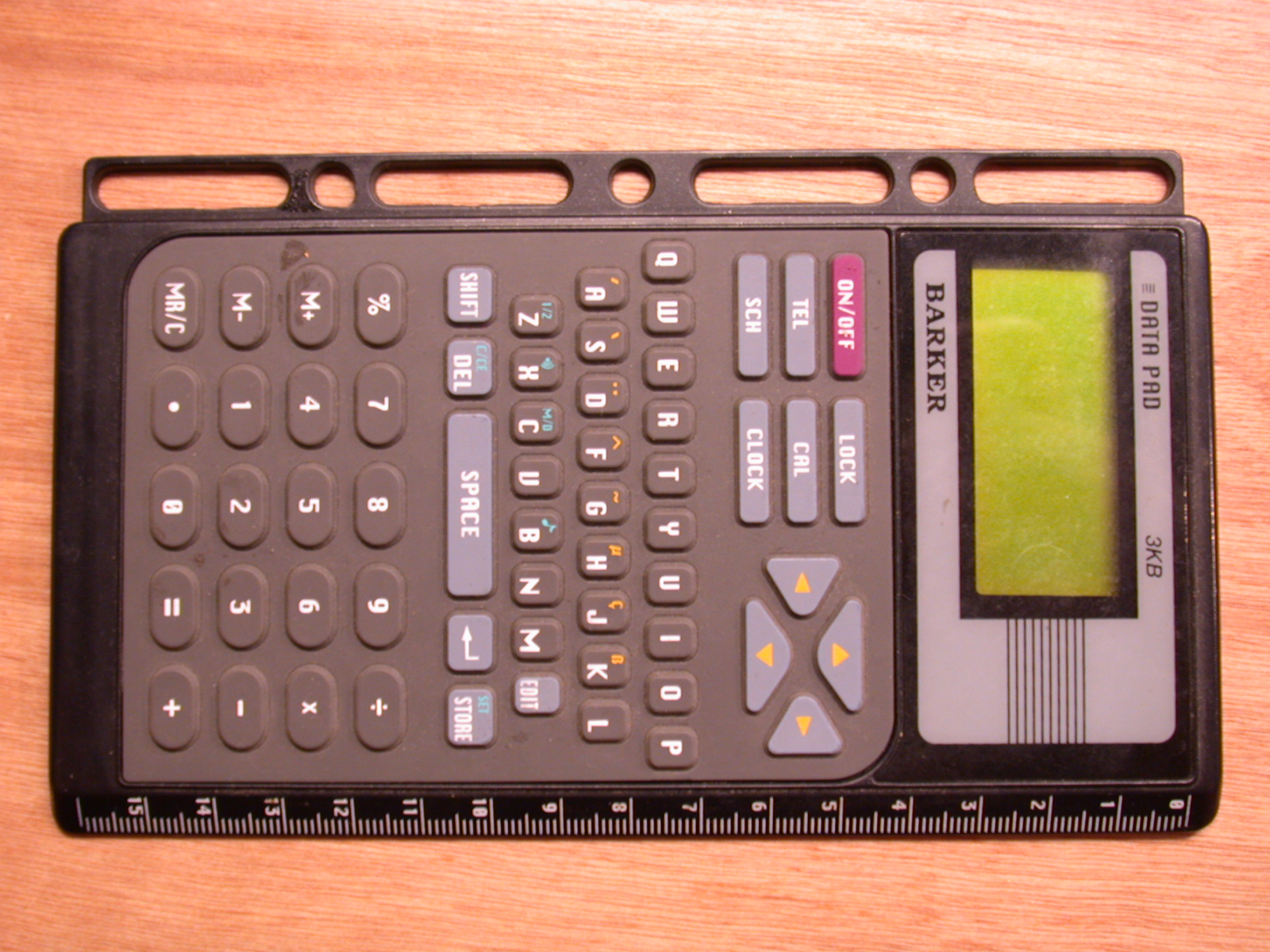
Обо мне
How to Calculate Your Body Fat Percentage: A Clear GuideCalculating body fat percentage is an essential part of maintaining a healthy lifestyle. Body fat percentage is the amount of fat in the body compared to the total body weight. It is a more accurate measure of health than body mass index (BMI) because BMI only takes into account height and weight and does not differentiate between muscle and fat. Knowing your body fat percentage can help you set realistic fitness goals and track your progress.
There are several methods to calculate body fat percentage, including skinfold calipers, bioelectrical impedance analysis (BIA), dual-energy X-ray absorptiometry (DXA), and hydrostatic weighing. Each method has its advantages and disadvantages, and the accuracy of the results can vary. It is essential to choose a method that is comfortable and convenient for you and to use the same method consistently to track changes over time.Understanding Body Fat Percentage
Body fat percentage is the amount of fat in the body compared to the total body weight. It is an important measure of overall health and fitness. Knowing your body fat percentage can help you determine if you're at a healthy weight, help you set fitness goals, and monitor changes in your body composition over time.
There are several methods to calculate body fat percentage, including skinfold measurements, bioelectrical impedance analysis, and dual-energy X-ray absorptiometry (DXA). Each method has its own advantages and disadvantages, and some are more accurate than others.
Body fat percentage varies depending on age, sex, and fitness level. Women typically have a higher body fat percentage than men due to differences in hormones and reproductive function. According to the American Council on Exercise, a healthy body fat percentage for men is between 6% and 24%, while women should aim for a body fat percentage between 16% and 30%.
Having too much body fat can increase the risk of health problems such as heart disease, stroke, and diabetes. However, having too little body fat can also be harmful and may lead to nutrient deficiencies and other health issues. It's important to aim for a healthy body fat percentage and not focus solely on weight loss.
In conclusion, understanding your body fat percentage is an important part of maintaining overall health and fitness. By using a reliable method to calculate your body fat percentage and aiming for a healthy range, you can improve your overall well-being and reduce the risk of health problems.Methods for Calculating Body Fat Percentage
There are several methods available to calculate body fat percentage. Some of the most common methods are Bioelectrical Impedance Analysis (BIA), Skinfold Measurements, Hydrostatic Weighing, and Dual-Energy X-ray Absorptiometry (DEXA).
Bioelectrical Impedance Analysis (BIA)
Bioelectrical Impedance Analysis (BIA) is a non-invasive method that measures the resistance of body tissues to the flow of a small electrical current. BIA is widely used because it is easy to perform, non-invasive, and relatively inexpensive. BIA is also available as a handheld device that can be used at home.
Skinfold Measurements
Skinfold measurements involve using calipers to measure the thickness of skinfolds at specific sites on the body. The measurements are then used to estimate the amount of subcutaneous fat, which is the fat located just under the skin. Skinfold measurements are quick, inexpensive, and easy to perform. However, they require a skilled technician to ensure accurate measurements.
Hydrostatic Weighing
Hydrostatic weighing, also known as underwater weighing, is a method that involves submerging the body in water and measuring the displacement of water. This method is based on the principle that lean tissue is denser than water, while fat tissue is less dense. Hydrostatic weighing is considered to be one of the most accurate methods for measuring body fat percentage. However, it is expensive and requires specialized equipment.
Dual-Energy X-ray Absorptiometry (DEXA)
Dual-Energy X-ray Absorptiometry (DEXA) is a method that uses a low-dose X-ray to measure the amount of bone, fat, and lean tissue in the body. DEXA is considered to be one of the most accurate methods for measuring body fat percentage. However, it is expensive and requires specialized equipment.
Each method has its own advantages and disadvantages, and the choice of method depends on the individual's needs and preferences. It is important to note that all methods have some degree of error, and the results should be interpreted with caution.Calculating Body Fat at Home
Calculating body fat percentage can be done at home using body circumference measurements or online calculators. Both methods are easy to use and require minimal equipment.
Using Body Circumference Measurements
To calculate body fat percentage using body circumference measurements, you will need a measuring tape and a calculator. The following steps can be used to calculate body fat percentage:
Measure the circumference of the waist, hips, and neck.
For women, use the following formula to calculate body fat percentage: (1.20 x waist circumference) + (0.23 x hip circumference) - (10.8 x age) - 5.4
For men, use the following formula to calculate body fat percentage: (1.20 x waist circumference) + (0.23 x hip circumference) - (10.8 x age) - 5.4 + 0.8
Plug in the measurements into the formula and calculate the body fat percentage.
It is important to note that this method is not as accurate as other methods such as underwater weighing or DEXA scan. However, it can provide a rough estimate of body fat percentage.
Leveraging Online Calculators
Online calculators are another way to calculate body fat percentage at home. There are many free online calculators available that use different formulas to estimate body fat percentage. Some calculators require body circumference measurements while others require additional information such as weight and height.
To use an online calculator, simply enter the required information and the calculator will estimate the body fat percentage. It is important to note that these calculators are not as accurate as other methods such as underwater weighing or DEXA scan. However, they can provide a rough estimate of body fat percentage.
When using an online calculator, it is important to choose a reputable source and ensure that the calculator is using a validated formula. Some calculators may produce inaccurate results or use outdated formulas.
Overall, calculating body fat percentage at home can be done using body circumference measurements or online calculators. While these methods are not as accurate as other methods such as underwater weighing or DEXA scan, they can provide a rough estimate of body fat percentage.Importance of Body Fat Percentage
Maintaining a healthy body fat percentage is essential for overall health and wellness. Body fat percentage is a measure of the amount of fat in the body relative to the total body weight. It is an important indicator of health and fitness, and can help individuals make informed decisions about their diet and exercise routine.
Health Risks of High Body Fat
Having a high body fat percentage can increase the risk of several health problems, including:
Heart disease: Excessive body fat can lead to high blood pressure, high cholesterol, and other risk factors for heart disease.
Type 2 diabetes: High body fat levels can cause insulin resistance, which can lead to type 2 diabetes.
Joint problems: Excess weight can put strain on joints, leading to pain and inflammation.
Sleep apnea: High body fat levels can cause breathing problems during sleep, leading to sleep apnea.
Benefits of a Healthy Body Fat Range
Maintaining a healthy body fat percentage can provide numerous benefits, including:
Improved physical performance: A healthy body fat percentage can improve athletic performance and endurance.
Reduced risk of chronic diseases: Maintaining a healthy body fat percentage can reduce the risk of several chronic diseases, including heart disease, type 2 diabetes, and certain cancers.
Improved mental health: A healthy body fat percentage can improve mental health and reduce the risk of depression and anxiety.
Improved quality of life: A healthy body fat percentage can improve overall quality of life by reducing the risk of health problems and increasing energy levels.
It is important to note that body fat percentage is just one indicator of overall health and should be considered alongside other measures such as blood pressure, cholesterol levels, and blood sugar levels. By maintaining a healthy body fat percentage, individuals can improve their overall health and reduce the risk of chronic diseases.Factors Affecting Body Fat Percentage
Calculating body fat percentage is an important indicator of overall health, but it's important to understand that there are many factors that can affect your body fat percentage. In this section, we'll explore some of the factors that can impact your body fat percentage.
Genetics
Genetics play a significant role in determining body fat percentage. Some people are genetically predisposed to carry more body fat, while others may have a higher muscle mass and lower body fat percentage. However, genetics is not the only factor that determines body fat percentage, and it's important to remember that lifestyle choices can also have a significant impact.
Diet
Diet is a critical factor in determining body fat percentage. Consuming a diet high in processed foods, sugar, and saturated fat can lead to a higher body fat percentage. On the other hand, a diet rich in whole foods, fruits, vegetables, and lean proteins can help to lower body fat percentage.
Physical Activity Level
Physical activity level is another critical factor in determining body fat percentage. Engaging in regular exercise can help to build lean muscle mass, which can lead to a lower body fat percentage. On the other hand, a sedentary lifestyle can lead to a higher body fat percentage.
Age and Gender
Age and gender can also impact body fat percentage. As people age, their metabolism slows down, making it harder to burn calories and maintain a healthy body fat percentage. Additionally, women tend to have a higher body fat percentage than men due to hormonal differences.
Overall, it's important to understand that there are many factors that can impact body fat percentage. However, by making healthy lifestyle choices such as eating a balanced diet, engaging in regular exercise, and getting enough sleep, it's possible to maintain a healthy body fat percentage.Interpreting Your Results
After calculating your body fat percentage, it's important to understand what the numbers mean. Here are some factors to consider when interpreting your results.
Body Fat Percentage Charts
Body fat percentage charts can provide a general idea of where your body fat percentage falls in relation to others in your age and gender group. However, it's important to note that these charts are not always accurate and may not take into account individual factors such as muscle mass and bone density.
When to Consult a Professional
If you have concerns about your body fat percentage or are looking to make significant changes to your body composition, it's best to consult a professional. A personal trainer, registered dietitian, or healthcare provider can provide personalized recommendations based on your individual needs and goals.
It's also important to note that extreme changes in body fat percentage can be dangerous and should be approached with caution. Rapid weight loss or gain can have negative impacts on overall health and should only be done under the guidance of a professional.
Remember that body fat percentage is just one aspect of overall health and should be considered in conjunction with other factors such as physical activity, nutrition, and mental health.Tracking Changes Over Time
Once you have calculated your body fat percentage, it's important to track changes over time to monitor your progress. This will help you determine if your current diet and exercise routine is effective or if you need to make adjustments.
One way to track changes is by using a body fat scale. These scales use bioelectrical impedance to estimate body fat percentage. While they may not be as accurate as other methods, they can provide a consistent way to track changes over time.
Another way to track changes is by taking measurements with skinfold calipers. This method involves pinching the skin and measuring the thickness of the fold at various points on the body. While it can be more accurate than a body fat scale, it can also be more difficult to perform correctly.
It's important to keep in mind that changes in body fat percentage may not always be reflected on the scale. This is because muscle weighs more than fat, so even if you are losing fat and gaining muscle, your weight may stay the same or even increase. Instead, focus on tracking changes in body fat percentage and how your clothes fit.
Overall, tracking changes in body fat percentage over time can help you stay motivated and make adjustments to your diet and exercise routine as needed.Frequently Asked Questions
What methods can I use to measure body fat percentage at home?
There are several methods that can be used to measure body fat percentage at home, including skinfold calipers, bioelectrical impedance analysis (BIA), and body fat scales. Skinfold calipers involve measuring the thickness of skinfolds at various points on the body, while BIA uses a small electrical current to estimate body fat percentage. Body fat scales use a combination of electrical impedance and body weight to calculate body fat percentage.
What is the difference in body fat percentage calculation between males and females?
The calculation for body fat percentage differs between males and females due to differences in body composition. Women typically have a higher percentage of body fat than men, which is necessary for reproductive and hormonal functions. As a result, the formulas used to calculate body fat percentage for women include additional variables such as hip circumference and age.
How can body mass index (BMI) be related to body fat percentage?
Body mass index (BMI) is a measure of body weight relative to height and is often used as an indicator of overall health. While BMI can provide a general idea of a person's body fat percentage, it is not always an accurate measure. For example, a person with a high muscle mass may have a high BMI but a low body fat percentage. Conversely, a person with a low muscle mass may have a low BMI but a high body fat percentage.
Where can I find a body fat percentage chart for reference?
There are several body fat percentage charts available online that can be used for reference. However, it is important to note that these charts are not always accurate and may not take into account individual differences in body composition. It is best to consult with a healthcare professional or use a reliable body fat percentage calculator for a more accurate estimate.
Is there a way to estimate body fat percentage without calipers or a scale?
Yes, there are several ways to estimate body fat percentage without the use of calipers or a scale. These include visual assessment, body measurements, and the use of online calculators. However, it is important to note that these methods may not be as accurate as those that use calipers or a scale.
Which body fat percentage calculator is considered the most accurate?
There is no one body fat percentage extra lump sum mortgage payment calculator - medknigki-v-lipetskee.ru, that is considered the most accurate. The accuracy of a calculator depends on several factors, including the method used, the quality of the data input, and individual differences in body composition. It is best to use a calculator that has been validated by scientific research and to consult with a healthcare professional for guidance.
Местоположение
Род деятельности



